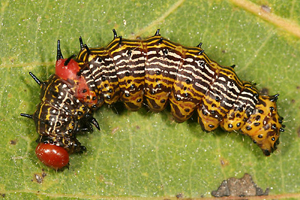Leaf Feeders
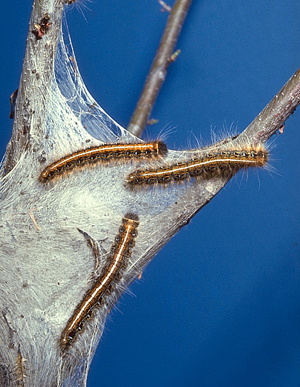
Robert F. Bassett, USDA Forest Service, Bugwood.org
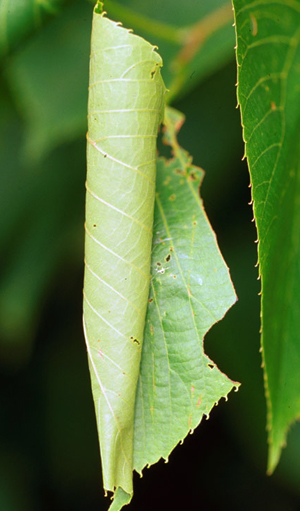
Steven Katovich, USDA Forest Service, Bugwood.org
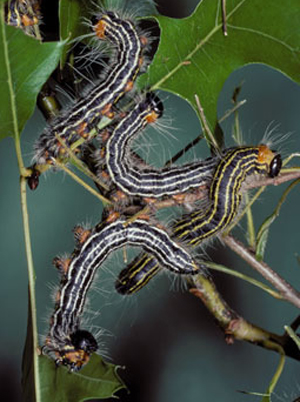
Gerald J. Lenhard, Louisiana State University, Bugwood.org

Lee Townsend, University of Kentucky
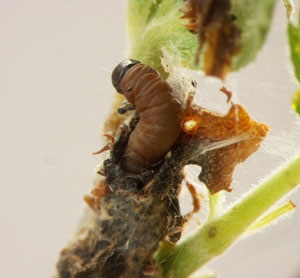
Copyright © 2018 John van der Linden, bugguide.net, used with permission
Sap Feeders

John A. Weidhass, Virginia Polytechnic Institute and State University, Bugwood.org
Aphids produce large amounts of a sugary liquid waste called "honeydew". The honeydew that drops from these insects can spot the windows and finish of cars parked under infested trees. A fungus called sooty mold can grow on honeydew deposits that accumulate on leaves and branches, turning them black. The appearance of sooty mold on plants may be the first time that an aphid infestation is noticed. The drops can attract other insects such as ants, flies, and wasps that will feed on the sticky deposits. For more information, see Entfact 103.
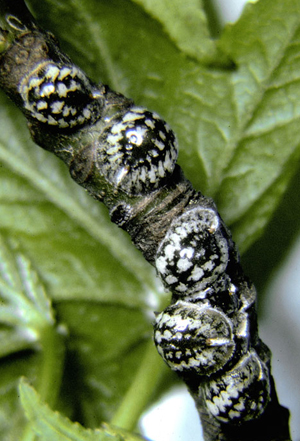
Raymond Gill, California Department of Food and Agriculture, Bugwood.org
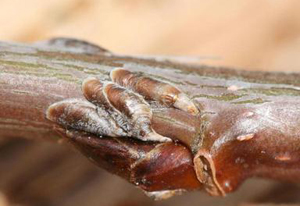
Whitney Cranshaw, Colorado State University, Bugwood.org
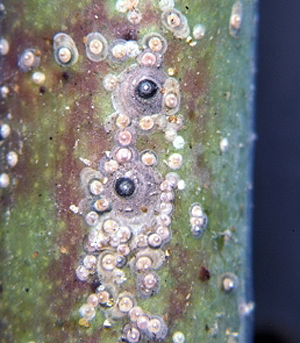
United States National Collection of Scale Insects Photographs,
USDA Agricultural Research Service, Bugwood.org
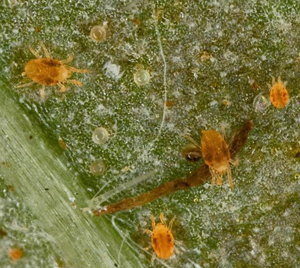
David Cappaert, Bugwood.org
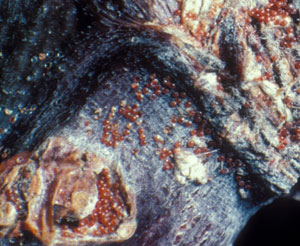
University of Georgia Plant Pathology, University of Georgia, Bugwood.org
